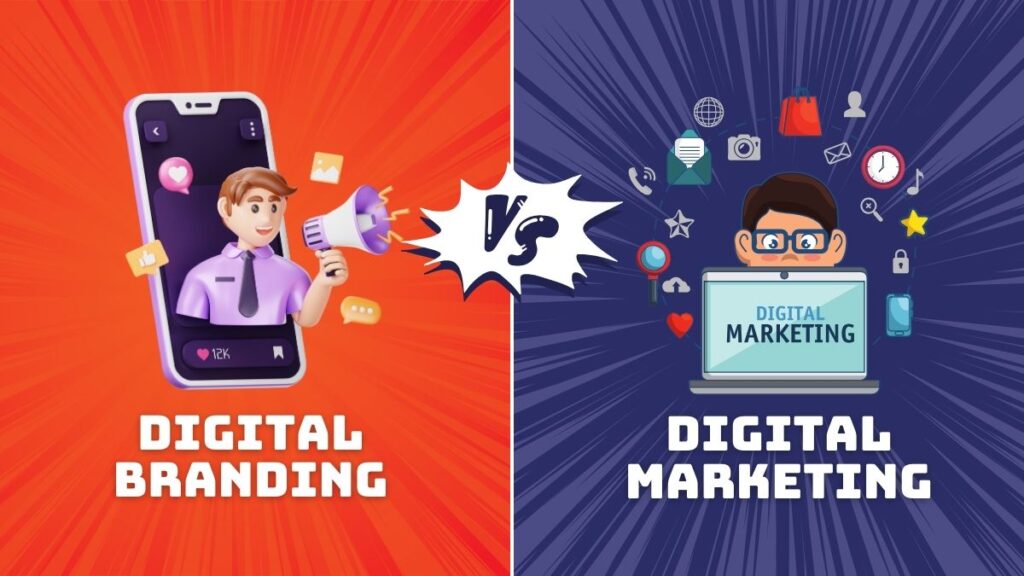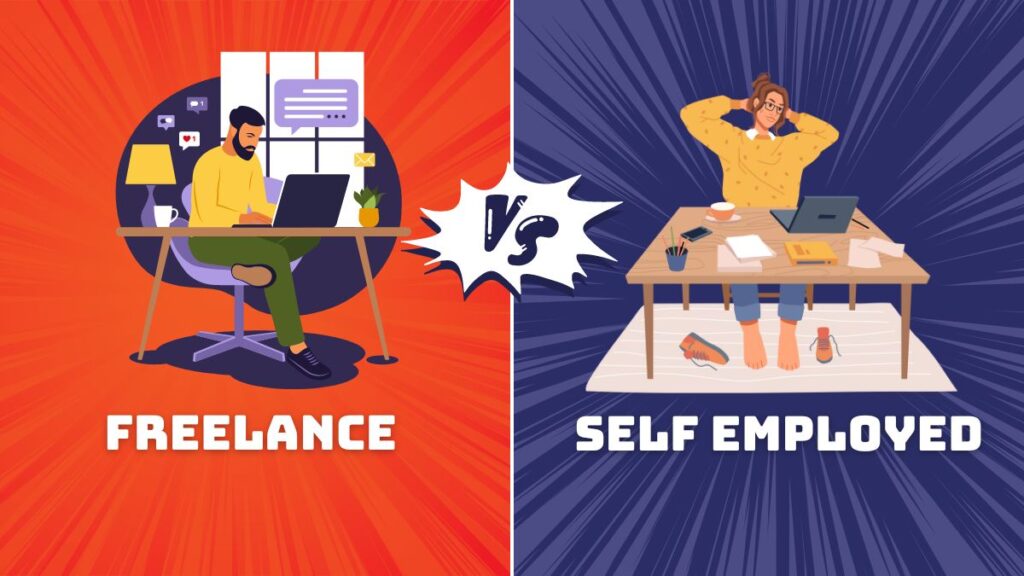In a world where your next customer could be just one swipe away, How Digital Marketing is Changing Business in 2025 has become a pressing question as the practice evolves from trend to necessity for companies of every size.
According to a 2025 Statista report, global digital advertising spending is projected to reach $740 billion, with over 70 percent directed to mobile campaigns alone. Nearly 85 percent of consumers now discover new products or services through social media ads or Google searches.
Yet digital marketing is no longer limited to online ads. AI, automation, data-driven strategies, voice search, influencer partnerships, and interactive content now engage audiences more deeply than ever. These advances are transforming how businesses operate, scale, and serve their customers.
Let’s explore how digital marketing is reshaping the business landscape in 2025 and what your business can do to stay ahead.
How Digital Marketing is Changing Business in 2025?
Digital marketing isn’t just evolving in 2025, it is transforming the way businesses connect, compete, and grow. The future is here and it is digital first.
AI and Machine Learning: Smarter Campaigns, Better ROI
Artificial Intelligence is no longer futuristic, it’s the present. In 2025, businesses are leveraging AI-powered tools for everything from predictive customer behavior analysis to personalized ad targeting.
Key Highlights
AI chatbots are now handling over 60% of customer service interactions.
AI-driven ad platforms like Google Performance Max and Meta Advantage+ automatically optimize campaigns for better conversion rates.
Hyper-personalization, powered by machine learning, ensures your ads reach the right person at the right time with the right message.
Why It Matters: Businesses using AI for their digital marketing are seeing cost-per-click reductions of up to 40% and conversion increases of 25% or more, according to HubSpot’s 2025 State of Marketing report.
Voice Search & Conversational Marketing
“Hey Google, find me the best local bakery.”
Voice search is no longer a novelty. With over 500 million smart speakers and voice assistants in use globally, optimizing your content for voice search is crucial.
What’s New?
Voice SEO strategies now prioritize natural language queries and question-based keywords.
Conversational marketing tools like voice chatbots and WhatsApp integrations enable brands to respond in real time.
Business Impact: Brands that adapt to conversational marketing have seen a 30% increase in customer engagement and faster sales cycles.
Influencer Marketing 2.0 – The Rise of Micro and Nano Influencers
Forget A-list celebrities charging millions. In 2025, it’s all about authenticity and relatability.
Micro (10k–100k followers) and Nano influencers (<10k) are now driving more engagement than mega-influencers. Platforms like Instagram Threads, TikTok, and YouTube Shorts are the new playgrounds for influencer content.
Why It Works?
Higher engagement rates (up to 7% for nano influencers).
Stronger trust between influencers and their niche audiences.
Affordable campaigns for small and medium businesses.
Pro Tip: Partnering with local micro-influencers can significantly boost brand visibility without blowing your budget.
Short-Form Video Content is Dominating
Short-form videos are the king of content in 2025. Videos under 60 seconds account for more than 70% of online video consumption.
Emerging Trends
Platforms like Linkdin, Instagram Reels, YouTube Shorts, and even LinkedIn Shorts are exploding in popularity.
Brands are investing in snackable, entertaining, and informative content that captures attention in under 10 seconds.
AI video generators like Synthesia and Pictory are helping brands produce high-quality content faster and cheaper.
Data Speaks: Businesses using short-form videos as a core strategy saw a 142% higher CTR (Click Through Rate) and better brand recall.
First-Party Data & Privacy-First Marketing
With third-party cookies disappearing, businesses must shift towards first-party data collection strategies.
What’s Changing
Websites are now focusing on interactive content (quizzes, surveys) to collect user data.
Email marketing is making a huge comeback, but now with personalization engines driven by AI.
Consent-based marketing is crucial, aligning with GDPR and CCPA regulations.
Advantage: Brands using privacy-first approaches are building stronger customer trust, leading to long-term loyalty and retention.
Programmatic Advertising and Real-Time Bidding
Programmatic advertising, once limited to big corporations, is now accessible to startups and SMEs through platforms like The Trade Desk, AdRoll, and Google DV360.
What’s Hot?
Real-time bidding (RTB) allows businesses to bid for ad space in milliseconds.
Geotargeting and behavioral data ensure you only show ads to the most relevant audiences.
Dynamic creatives adapt ads in real-time based on viewer profiles.
Result: A 30% improvement in ROI over traditional digital ad methods.
Omnichannel Marketing for a Unified Experience
Customers today interact with brands across multiple channels social media, websites, email, messaging apps, and more.
Omnichannel marketing platforms like HubSpot, Klaviyo, and Salesforce enable businesses to create a cohesive customer journey.
Benefits
Consistent messaging across platforms.
Improved customer lifetime value (CLTV).
Businesses that adopt omnichannel strategies see a 23x higher customer satisfaction rate.
Shoppable Social Media: E-Commerce Meets Social
In 2025, social platforms are not just for scrolling they’re for shopping. Platforms like Instagram, Linkdin, and X now offer shoppable posts and live-stream commerce.
Why It’s a Game-Changer
Users can discover, review, and buy products without leaving the app.
Live shopping events allow real-time Q&A and instant conversions.
Integration with tools like Shopify, WooCommerce, and Stripe enables seamless transactions.
Fact: Businesses using shoppable social strategies report a 37% increase in mobile sales.
Augmented Reality (AR) in Marketing
From virtual try-ons to interactive product demos, AR is making customer experiences more immersive.
Brands are using AR for
Example: IKEA’s AR app lets customers visualize furniture in their space before purchasing cutting return rates by over 25%.
Digital Marketing is Leveling the Playing Field
Perhaps the most transformative impact of digital marketing is that it empowers small businesses to compete with industry giants.
With tools like
Small businesses now have access to the same marketing weapons as global corporations—but with better agility.
The Future of Business Is Digital — Are You Ready?
From AI and automation to influencer collaborations and AR experiences, digital marketing in 2025 is faster, smarter, and more customer-focused than ever before. Businesses that embrace this evolution are not only surviving they’re thriving.
Ready to Take Your Business to the Next Level?
Don’t let outdated strategies hold you back. Partner with Kamal Nanda and unlock your business’s full digital potential.


